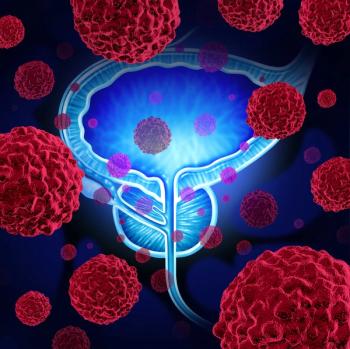
Men Open to Starting Physical Activity Prior to Prostate Cancer Treatment
The researchers explored implementation of physical activity for men recently diagnosed with prostate cancer to see which interventions will be best sustained over time.
Providing men with prostate cancer with a choice of physical activity interventions increased their willingness to participate in studies, which could help to narrow down what physical activity interventions will be best sustained over time.
“For men on treatment for prostate cancer, especially those on androgen deprivation therapy, one of the main side effects of cancer treatment is fatigue,” explained Nicole Scholl, BSN, RN, OCN, of
At the Oncology Nursing Society (ONS)
During this period, the researchers explored implementation of physical activity preferences for 15 men recently diagnosed with prostate cancer. Men were measured for functional capacity, including a 6-minute walk test, balance, timed up-and-go test, current physical activity, and symptom impact; all were measured again at 2 weeks post-intervention.
Nurses were asked to discuss with each participant some potential physical activities to perform in order to meet their individualized intervention prescription. The choice of activity was left to the patient.
“This can be challenging after a cancer diagnosis,” Scholl said. “The last thing many patients want to think about is exercise.”
However, nurses were challenged to explain to patients that engaging in physical activity did not have to mean running on a treadmill or other strenuous activity, Scholl explained. Instead, participants were challenged to engage in intervals of activity like stretching or walking, or increasing simple activities like yard work.
Eleven men completed the study; the average age of participants was 66.8 years. A variety of physical activities were completed. The most commonly reported were lifting weights, moderate walking, and yard work.
After the 2-week intervention, both the distance of the 6-minute walking test and the ability to maintain balance had numerical improvements from pre- to post-test, but they were not statistically significant. There was an improved speed in the performance of the timed up-and-go test (P < .05).
In addition, participating men increased their functional capacity and had less exertion, fatigue, and shortness of breath after performing physical activity for a 2-week duration.
One challenge the researchers discovered was that study recruitment slowed during colder winter months.
In the future, Scholl hopes to broaden the study to include more patients and look at the effects of physical activity as men begin to get treatment for their disease.
Newsletter
Stay up to date on recent advances in the multidisciplinary approach to cancer.

























































































